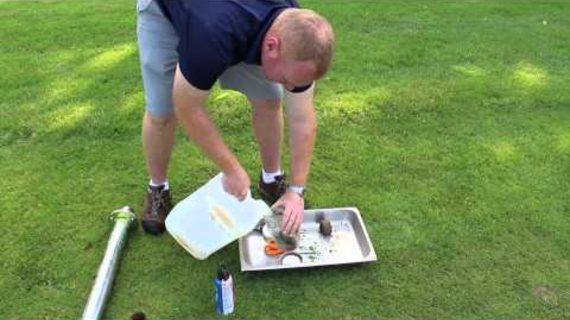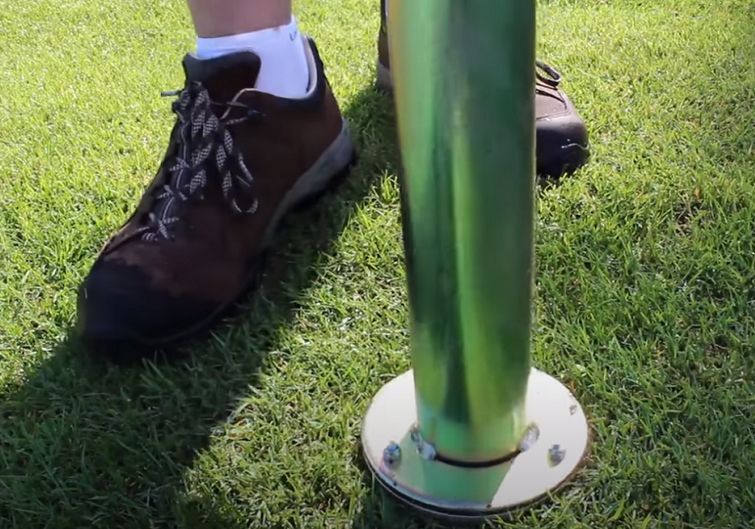
Step 1
Use a cup cutter or plugger to remove multiple samples of turf and soil. This can be done in treated or untreated areas, depending on whether you’re checking if you’ve achieved control or determining what level of control you require.
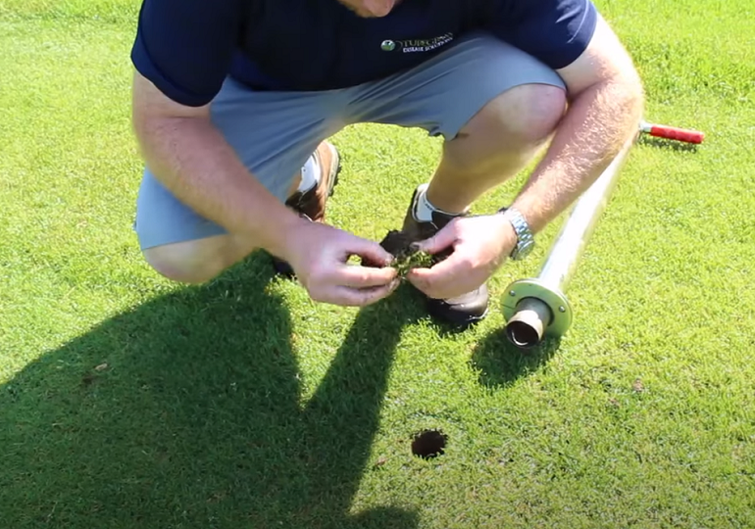
Step 2
Remove the soil from your sample. All you need is the soil thatch layer with the stem bases.
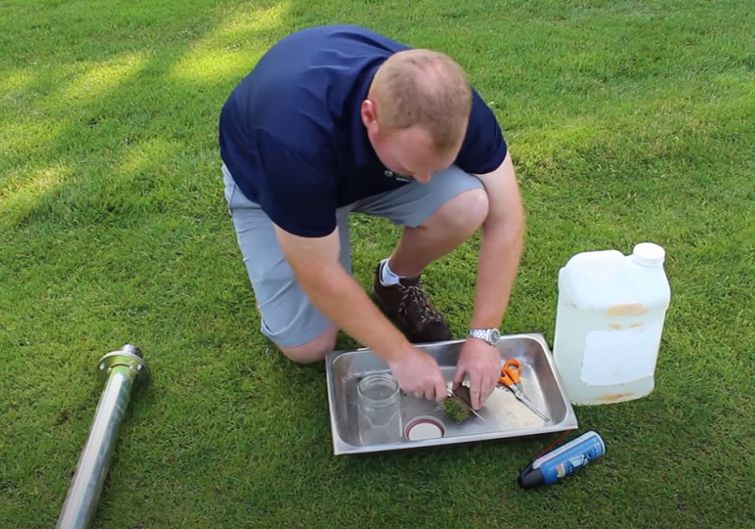
Step 3
Trim off the grass. Poa Annua seeds can be mistaken for very early instar larvae. Using scissors and then compressed air will help ensure you remove the Poa Annua seeds.
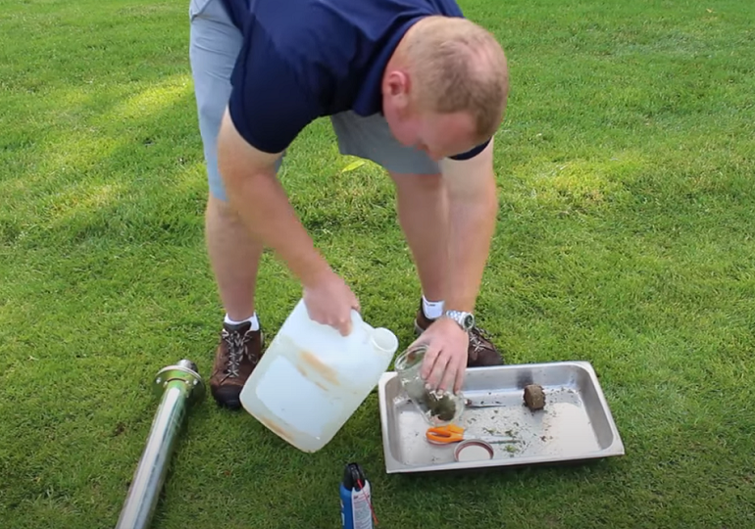
Step 4
Cut the sample into quarters and place in a jar or other container.
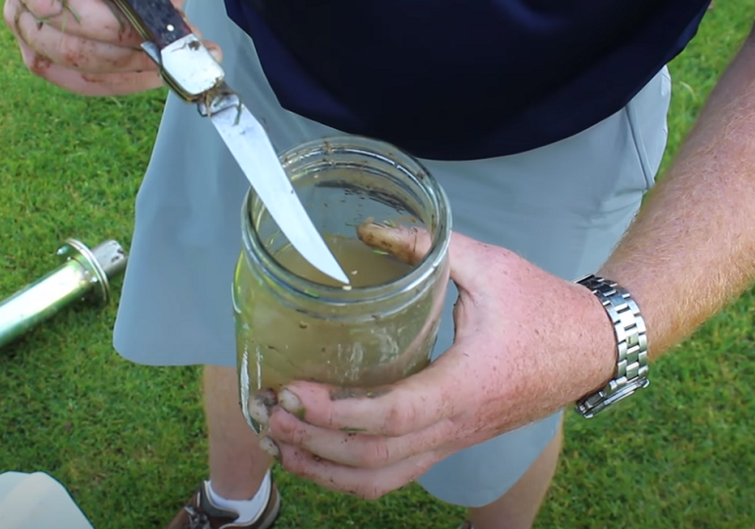
Step 5
Make up a salt solution to a ratio of 500 g of table salt (sodium chloride) to 4 L of water. Combine well and pour into the jar with the plug sample. Shake your jar or container very well and stand for about 10-12 minutes.
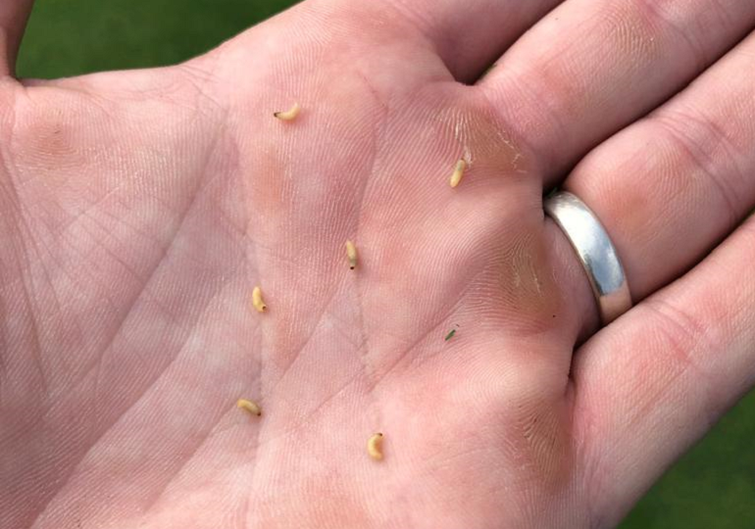
Step 6
The early instar larvae will be forced out of the stem base and float to the surface of the water. Identify the larvae by picking them out of the water using a knife or metal forceps for closer inspection. The very small ones can be difficult to see and may require the use of a hand lens to properly identify them. They are white with a brown head capsule. Later instar larvae are much easier to see.

